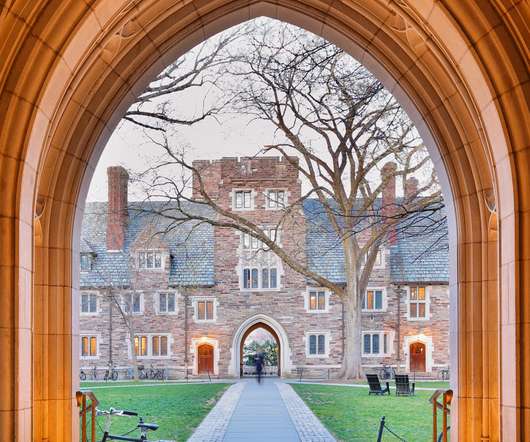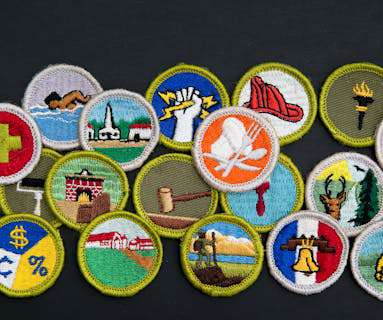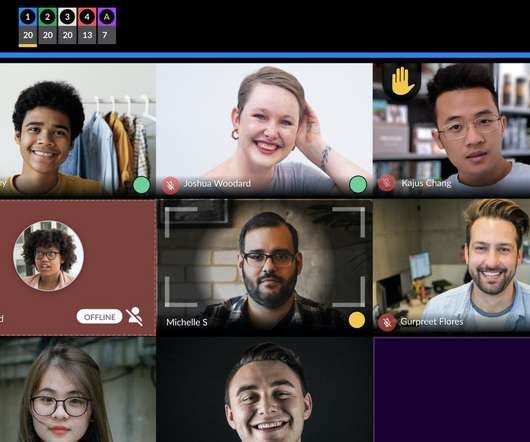Asynchronous Learning or Live Lessons? Which One Works Better for Me?
Edsurge
OCTOBER 1, 2020
For example, most of the enrolled students in fully asynchronous MOOCs are adults, and even in this context, completion can be challenging. The size of synchronous learning groups is also an important consideration because smaller groups allow for more discussion.








































Let's personalize your content